Best Toothpaste For Bleeding Gums And Bad Breath

For individuals grappling with the persistent discomfort of bleeding gums and the social anxiety of bad breath, finding the right toothpaste can feel like a quest for a holy grail. The market, flooded with options promising miraculous results, often leaves consumers overwhelmed and unsure of the best choice for their specific needs.
This article delves into the science-backed ingredients and features to look for in toothpaste that effectively targets both bleeding gums, often a sign of gingivitis, and halitosis, commonly known as bad breath. We'll explore expert opinions and available research to provide a clear guide for selecting the best toothpaste to restore oral health and confidence.
Understanding the Culprits: Bleeding Gums and Bad Breath
Bleeding gums are usually an early indicator of gum disease, or gingivitis. According to the American Dental Association (ADA), gingivitis is primarily caused by plaque buildup along the gumline.
This plaque harbors bacteria that irritate and inflame the gums, leading to redness, swelling, and bleeding, especially during brushing or flossing. Left untreated, gingivitis can progress to periodontitis, a more serious form of gum disease that can result in tooth loss.
Bad breath, or halitosis, is often linked to poor oral hygiene, but can also stem from other underlying health conditions. Mayo Clinic states the most common cause of bad breath is bacteria on the tongue and teeth.
These bacteria produce volatile sulfur compounds (VSCs), which are responsible for the unpleasant odor. Dry mouth, certain foods, smoking, and medical conditions like sinus infections can also contribute to bad breath.
Key Ingredients to Look For
Choosing a toothpaste with the right ingredients is crucial for addressing both bleeding gums and bad breath. Fluoride is essential for strengthening tooth enamel and preventing cavities, which can indirectly contribute to bad breath.
Antimicrobial agents like stannous fluoride or triclosan (though triclosan's use is being phased out due to concerns about its environmental impact) can help reduce the bacteria responsible for both gum disease and bad breath. Potassium nitrate is added to some toothpastes to reduce teeth sensitivity.
For gum health, toothpastes containing stannous fluoride are often recommended because they combat gingivitis and reduce plaque buildup. Zinc citrate or chloride can neutralize odor-causing compounds, providing a fresher breath.
Hydrated silica, a common abrasive, aids in removing surface stains and plaque, further contributing to a cleaner mouth. It is important to note that while abrasive toothpastes are effective at cleaning the teeth, they may not be suitable for individuals with sensitive gums.
Expert Recommendations and ADA Seal of Acceptance
The ADA Seal of Acceptance is a valuable indicator of a toothpaste's safety and effectiveness. Toothpastes bearing this seal have undergone rigorous testing and meet the ADA's criteria for cavity prevention, gum health, and other oral health benefits.
Dentists often recommend toothpaste with stannous fluoride for individuals with bleeding gums. Dr. Emily Carter, a periodontist in Chicago, emphasizes the importance of consistent use. She states, “The key is to use the toothpaste as directed, typically twice a day, and to maintain a good overall oral hygiene routine, including flossing and regular dental checkups.”
When addressing bad breath, Dr. David Lee, a general dentist in New York, recommends toothpastes with zinc. He notes that these toothpastes effectively neutralize the volatile sulfur compounds (VSCs) produced by bacteria, leading to a noticeable improvement in breath freshness.
Beyond Toothpaste: A Holistic Approach
While the right toothpaste plays a vital role, it's essential to remember that it's only one component of a comprehensive oral hygiene routine. Brushing twice daily, flossing daily, and using mouthwash are all crucial for maintaining healthy gums and fresh breath.
Tongue scraping can help remove bacteria and debris from the tongue's surface, further reducing bad breath. Regular dental checkups and professional cleanings are also essential for detecting and addressing any underlying oral health issues.
Staying hydrated and avoiding sugary or acidic foods and beverages can also contribute to better oral health. Certain medical conditions or medications can also contribute to bleeding gums or bad breath, so it's essential to consult with a healthcare professional if these issues persist despite proper oral hygiene.
Making an Informed Choice
Ultimately, the "best" toothpaste for bleeding gums and bad breath is the one that effectively addresses your individual needs and preferences. Look for toothpastes with fluoride, antimicrobial agents, and ingredients like stannous fluoride or zinc.
Consider the ADA Seal of Acceptance as a guide to ensure the product's safety and efficacy. Consult with your dentist to get personalized recommendations based on your specific oral health condition.
By understanding the causes of bleeding gums and bad breath, choosing the right toothpaste, and maintaining a comprehensive oral hygiene routine, you can effectively combat these issues and enjoy a healthier, more confident smile.

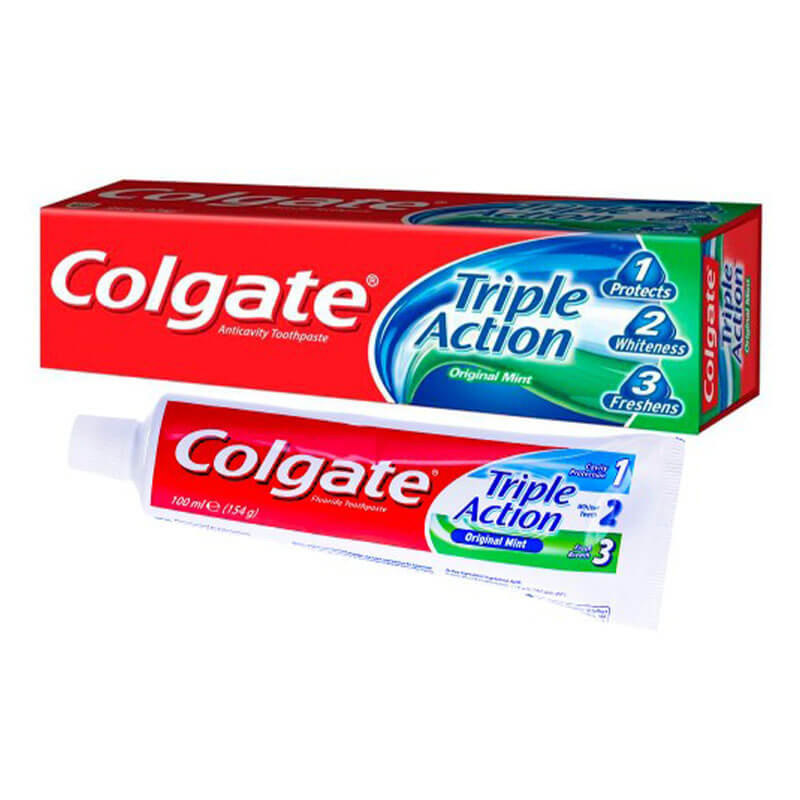

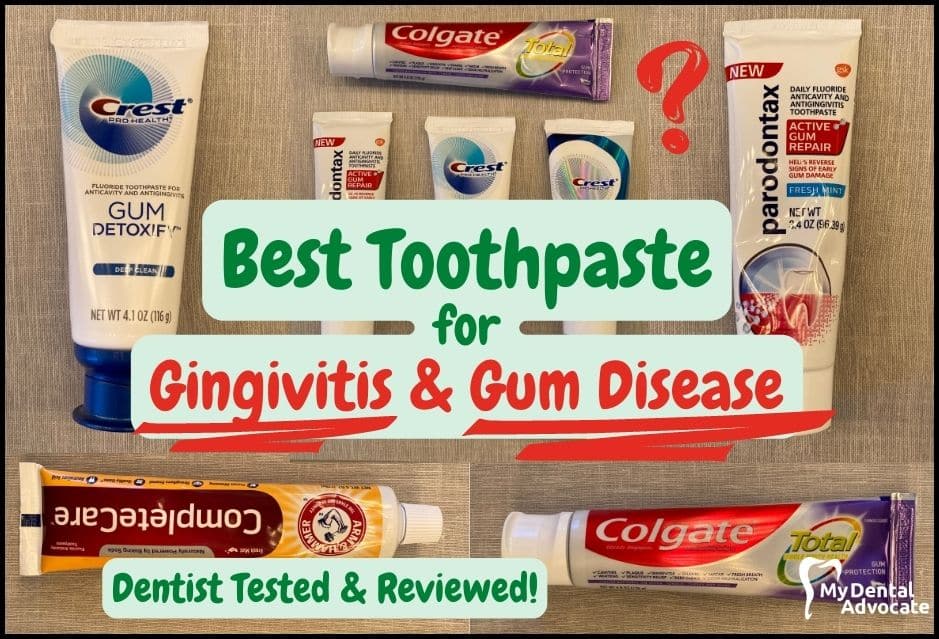
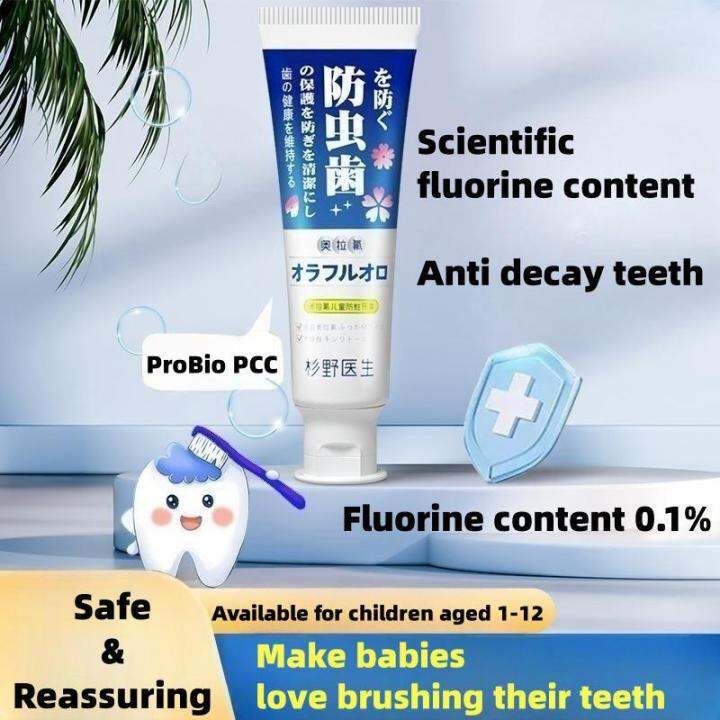






:max_bytes(150000):strip_icc()/bad-breath-toothpaste-colgate-copy-7bba32f1ea5247e880e336087fda3fac.jpg)
:max_bytes(150000):strip_icc()/bad-breath-toothpaste-sensodyne-a6c2f005aa824a45a772b5c83d090ba4.jpg)


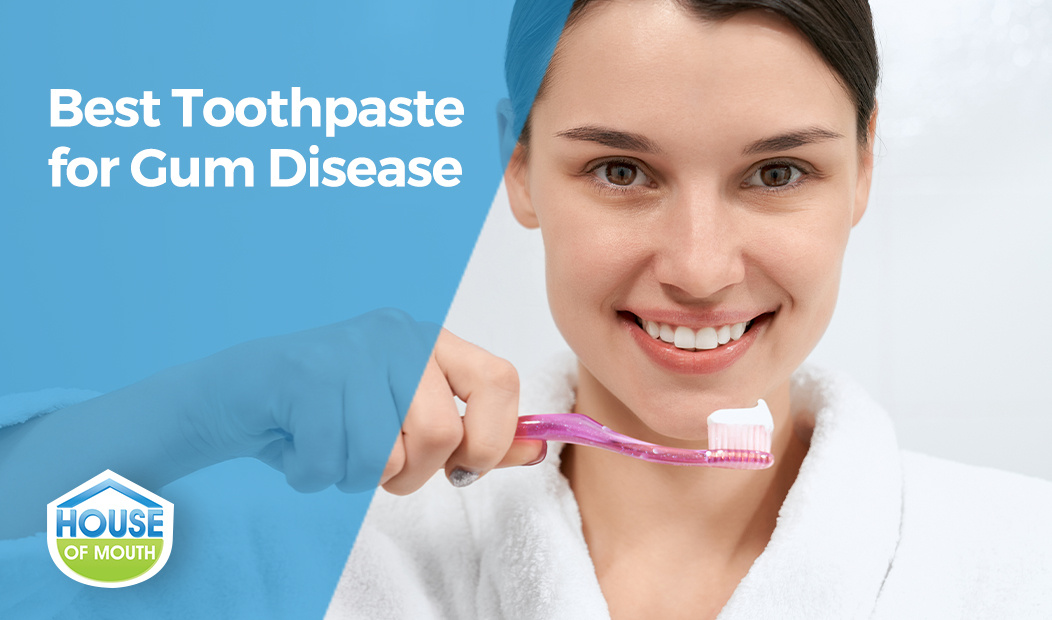
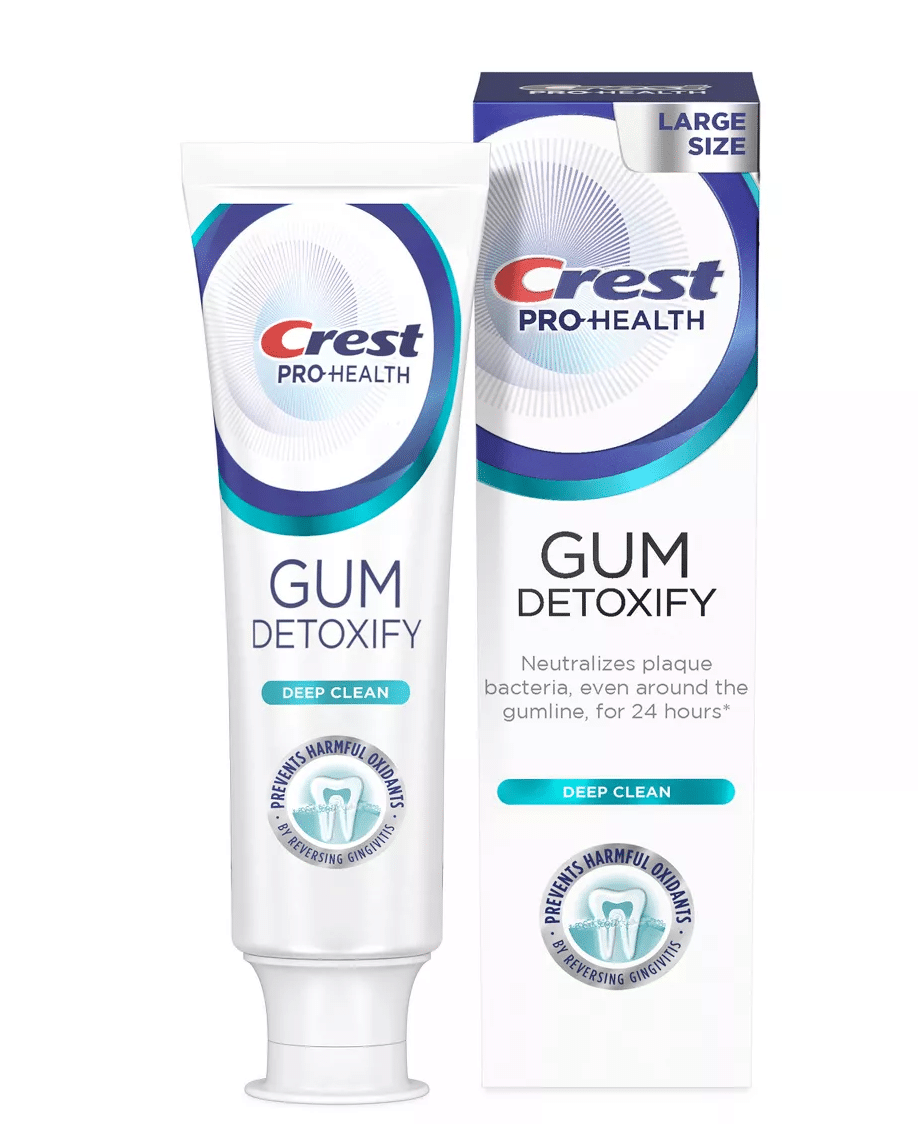
:max_bytes(150000):strip_icc()/the--best-toothpastes-for-bad-breath-tout-d51d79c76195497cad72da90a4f70f38.jpg)
